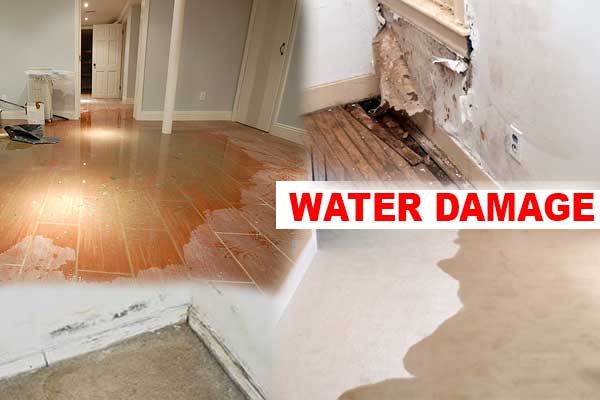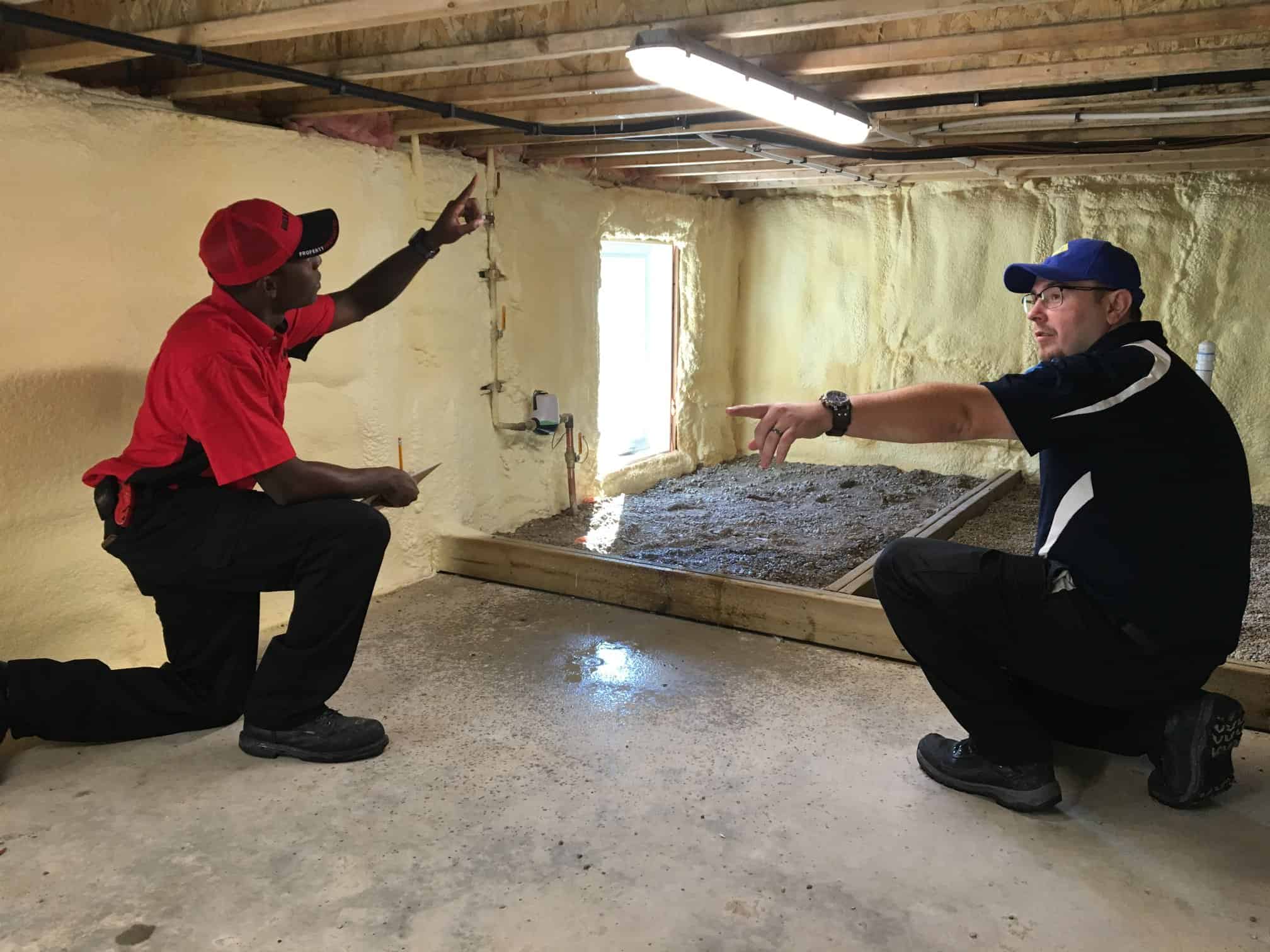Professional Water Damage Restoration for Homes and Businesses Near You
Professional Water Damage Restoration for Homes and Businesses Near You
Blog Article
The Process of Water Damages Cleaning: Ensuring Your Home Is Recovered Properly
Water damages can be a daunting challenge for homeowners, requiring a precise and organized cleanup process to restore safety and security and functionality. An extensive assessment is vital to recognize the level of the damages and figure out the proper remediation actions. Following this, efficient water removal strategies play a crucial role in reducing further harm. The nuances of drying, sanitizing, and eventual remediation are just as essential and typically ignored. Recognizing these stages can make a substantial difference in the end result of your home's repair, triggering a closer look at what each step involves.
Examining the Damage
Upon finding water damage, the primary step is to extensively assess the level of the influence. This preliminary assessment is important, as it aids figure out the necessary actions for reliable clean-up and restoration. Begin by evaluating the influenced areas, including wall surfaces, ceilings, floors, and individual belongings, to determine the source of the water intrusion, whether from flooding, leaks, or condensation.
Recording the damage is necessary for both insurance policy cases and planning restoration initiatives - damage restoration services. Usage photographs and composed notes to catch the intensity of the damage, keeping in mind any type of afflicted architectural elements and materials. Pay unique interest to areas that may not be promptly noticeable, such as behind walls and under carpetings, as concealed moisture can bring about further difficulties, including mold and mildew development
Additionally, evaluate the timeline of the water direct exposure. Inevitably, an extensive assessment lays the foundation for a successful water damages cleanup procedure, ensuring that all affected locations are resolved properly and thoroughly.
Water Removal Techniques

Professionals usually utilize completely submersible pumps for larger quantities of water, which can swiftly ease flooding in cellars or other impacted locations. For smaller sized amounts, wet/dry vacuums are commonly utilized to draw out recurring dampness from carpetings and difficult surface areas. Additionally, making use of mobile extractors enables for targeted removal in restricted rooms or areas with delicate materials.
In circumstances of contaminated water, such as sewage or floodwater, progressed removal methods might entail using biohazard tools to make certain safety and compliance with health regulations. High-powered removal tools are vital in reducing water retention in structural materials, which can cause mold development and structural deterioration otherwise addressed promptly.
Ultimately, the performance of water extraction strategies plays a critical role in the total success of the water damage clean-up process, preparing for subsequent restoration initiatives.
Drying and Dehumidification
As soon as standing water has actually been properly drawn out, the following vital phase in the water damages clean-up procedure is drying out and dehumidification. This step is essential to stop additional damage and mold and mildew growth, which can occur within 24 to two days in damp environments.
To accomplish efficient drying, specific devices such as industrial-grade air moving companies and dehumidifiers is employed. Air moving companies circulate air throughout wet surface areas, improving evaporation prices, while dehumidifiers decrease humidity degrees airborne, promoting a conducive atmosphere for drying. The mix of water damage restoration service these tools ensures that dampness is extracted from home furnishings, floors, and walls, enabling them to completely dry extensively.
It is very important to keep an eye on the drying procedure closely. Experts usually use moisture meters to evaluate the wetness web content in different products, guaranteeing that all influenced locations reach acceptable dry skin degrees. This meticulous approach helps to stop covert dampness pockets that could cause structural damages or undesirable mold and mildew growth.

Cleaning and Sterilizing
After the drying out and dehumidification phase is total, the following important step in water damages clean-up is cleansing and disinfecting the influenced areas. This procedure is essential to prevent the development of mold, germs, and other microorganisms that thrive in damp settings.
The cleansing phase commonly entails eliminating any type of debris, dust, and contaminants from surface areas making use of specialized cleaning representatives. For difficult surface areas, a mix of soap and water or business cleansing items is commonly used. Soft products, such as furniture and carpetings, might call for much more extensive cleaning approaches, including steam cleansing or deep removal strategies, to make sure extensive cleanliness.

Disinfecting complies with cleaning, making use of EPA-approved disinfectants to remove harmful microbes. This action is crucial, particularly in areas that may have come right into contact with floodwaters or sewage, as these sources can posture significant wellness threats.
Additionally, it is very important to resolve any kind of staying odors, which may call for using smell neutralizers or advanced strategies like ozone treatment. Appropriate cleaning and sanitizing not only restore the safety and hygiene of your home but likewise prepared for effective reconstruction and repairs in subsequent phases of the his comment is here water damages cleaning procedure.
Restoration and Fixings

Once the analysis is total, restoration initiatives can begin. Additionally, floor covering may need similar attention, depending on the level of water direct exposure.
It is vital to involve skilled repair professionals throughout this process, as they possess the proficiency to manage intricate fixings properly. Additionally, they can help reduce potential future concerns, such as mold and mildew growth or architectural instability, hence making certain a secure and habitable living environment. Inevitably, efficient restoration and fixings bring back the home's stability and boost its overall value.
Verdict
To conclude, the process of water damage cleaning is critical for recovering a home to its pre-damage problem. Each phase, from evaluating the damage to executing reliable water removal methods, adhered to by comprehensive drying out, sanitizing, and necessary repair work, plays a necessary function in ensuring safety and security and compliance with building requirements. Reliable implementation of these actions not just alleviates instant damage however likewise boosts the long-lasting stability and value of the residential property.
Water damages can be a complicated difficulty for house owners, demanding a thorough and organized cleaning procedure to bring back safety and performance. Ultimately, a comprehensive analysis lays the foundation for a successful water damages cleaning procedure, guaranteeing that all influenced areas are addressed efficiently and thoroughly.
Reliable water removal techniques are necessary in minimizing damages and preventing additional problems adhering to a water invasion event.In verdict, the procedure of water damage cleanup is important for restoring a home to its pre-damage condition. Each stage, from assessing the damage to implementing reliable water extraction methods, followed by complete drying out, disinfecting, and needed repair work, plays an important duty in guaranteeing safety and security and compliance with structure requirements.
Report this page